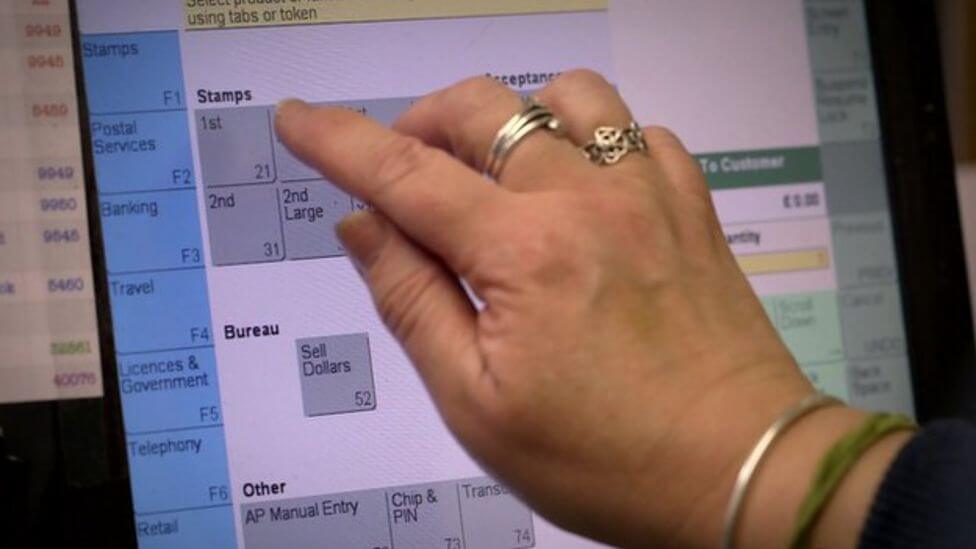Agile UX and Design debt
In tomorrow’s Miniclass called Tackling Technical & Design Debt Miniclass we will discuss Design Debt. The idea of ‘design debt’ follows the idea of ‘technical debt’. The concept is simple: the more you allow broken, incomplete, inconsistent, or weak code + interfaces to build up, the more you pay for it downstream. With design and technical debt it is more difficult to fix stuff later.
The Debt of “We’ll get to it later”
Many organizations manage their products in a constant state of design and technical debt. The reason is a good one; there are numerous constraints; for example, system architecture prevents the “happy UX path” from prevailing. Furthermore, teams might not fully understand or appreciate research-based UX.
By managing UX as a tactical effort, many managers lose the strategic power of UX, and essentially focus on buttons, or “belly-button centered design,” as Service Design Professor Ricardo Martens at SCAD calls it. As a result, more elegant UX problem-solving is overlooked for quick “button chasing”.
Worse, Engineering and Product managers defer UX as an ideal that can be addressed later. This particular bad habit comes from the old-school practice of coding first, “skinning” the interface last. Here we see decision-making contributing to Design and Technical debt.
Does Agile contribute to UX Debt?
Agile UX describes the practice of UX teams working within Agile methodology. Poor Agile UX can contribute to design debt by cutting corners. The Lean UX (evangelized by people like Jeff Gothelf) “movement” encourages UX folks to operated within Agile boundaries. For many UX teams, the focus on “move fast and don’t include users” can lead to serious deficits in UX design decisions as well as process.
Lean UX or Agile UX if done right can actually decrease Design and Technical debt. However, fragmented ownership of design assets and processes can often cause problems downstream. This makes UX collaboration imperative between Product, Engineering and UX.
What can help? Managing UX process deliverables is key. Also, Managing Design Systems is also vital. Ultimately inefficiency, poor quality and corner-cutting is a UX management issue rooted in your culture.
In this Design Debt Miniclass, 30 minute webinar, Frank Spillers will cover strategies for addressing cultural practices that get to the root cause of UX debts.








